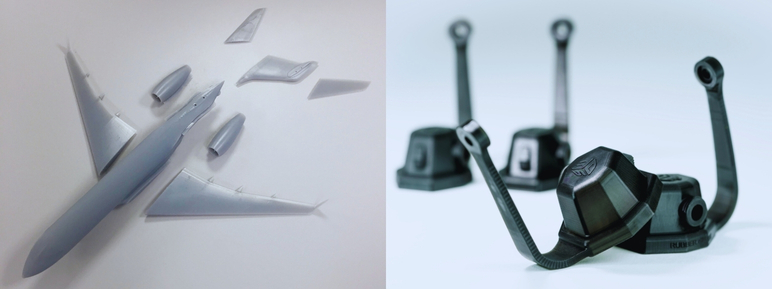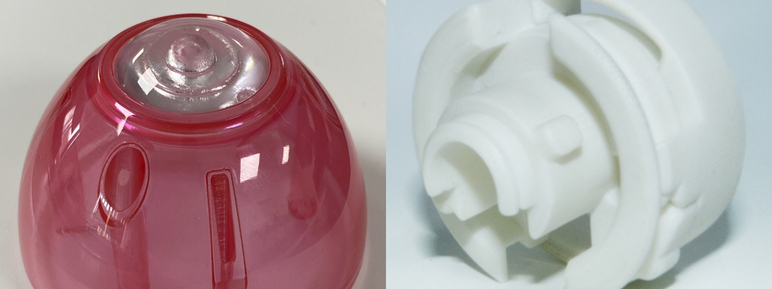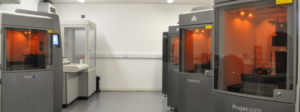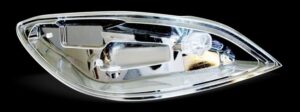- Home
- 3D Printing
- SLA – Stereolithography
3D printing with stereolithography (SLA)
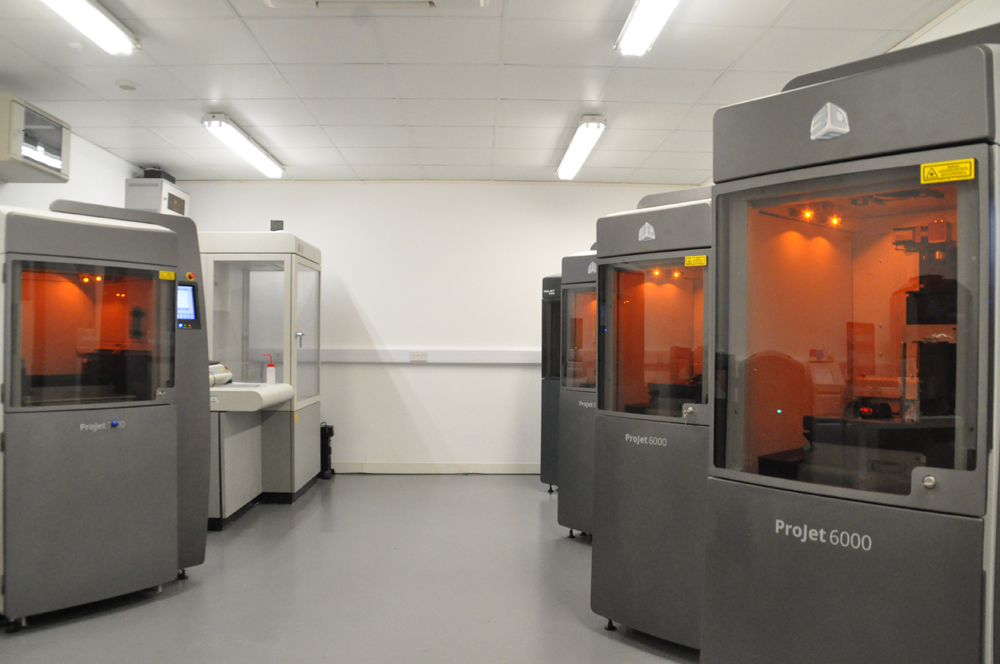
What is stereolithography (SLA) prototyping?
Stereolithography apparatus (SLA) produces 3D printed parts by curing photopolymer resins with light. It is more accurate and produces smoother surfaces than some other 3D printing technologies, yet it is quick.
What is the SLA 3D printing build process?
SLA parts are built layer by layer. A computer-controlled laser beam scans the surface of the resin bath, with the first cured layer being supported by the machine’s bed. After the first layer has been completed, the bed is lowered into the resin by a distance equal to the layer thickness, then the laser scans the surface to cure the next layer and fuse it to the layer beneath.
If necessary, support structures are built to prevent overhanging features from distorting during the build process. When the part is complete, the bed rises out of the resin bath to enable the part to be retrieved. Support structures are removed, the part is cleaned and any additional finishing processes applied.
When is SLA used for 3D printing prototypes?
SLA 3D printing is applicable to concept models, visual models, functional prototypes, masters for vacuum casting and patterns for investment casting.
Most SLA parts we produce are prototypes for components that will ultimately be injection moulded from engineering plastics.
SLA prototyping capabilities
We have a range of SLA machines, all manufactured by 3D Systems, with build volumes (XYZ mm) and material options as follows:
- 4 x Projet 6000: 250 x 250 x 250 (Accura Xtreme, Accura 25, Accura ClearVue, Accura AMX300)
- 1 x Projet 7000: 380 x 380 x 250 (Accura Xtreme)
- 1 x 3500: 350 x 350 x 400 (Accura Xtreme)
- 1 x Neo450: 450 x 450 x 400 (Accura Xtreme)
Ultra High Definition build mode is used as standard, with a dual-spot intelligent scanning laser: fine point scanning for borders and small features, and broader scanning for infill hatching.
For more information, download our SLA Process Guide and see our 3D printing materials page.
Characteristics of SLA 3D printed parts
SLA 3D printing produces accurate parts with detailed features and excellent surface quality, as well as good strength, stiffness and dimensional stability.
Depending on the technical requirements and the material used, SLA parts are clear and opaque (in grey and cream), and resistant to elevated temperatures and moisture.
SLA parts are not porous and their material properties are essentially isotropic – which is in contrast to SLS and FDM 3D printing.
See our page about materials for 3D printing for further information.
Finishing options for SLA 3D printed parts
After being taken out of the 3D printer, parts are washed, support structures and witness marks are removed where necessary, and they are inspected visually. For the next-day Express service, parts can also be lightly bead blasted.
If customers opt for the Standard or Economy service, additional finishing options include build line removal, lacquering, painting, application of a ‘soft feel’ coating to external surfaces, and a blackout/EMI/RFI coating can be applied inside. Assembly operations can be performed, such as installing threaded inserts.
See our Finishing options page to find out more.
Our latest SLA Prototyping news
Talk to us
Contact us on 01763 249760 to talk about your SLA 3D printing needs, or complete the enquiry form below to request a quote.
Model Making & Workshop team
Our model making and AP/AM workshop team deliver high-quality 3D printed and vacuum cast prototype parts. We offer next day dispatch on SLS, SLA, Polyjet and DLP. Request a quote for your next prototype project.

Gemma Zouher-Lewis
RP Team Leader
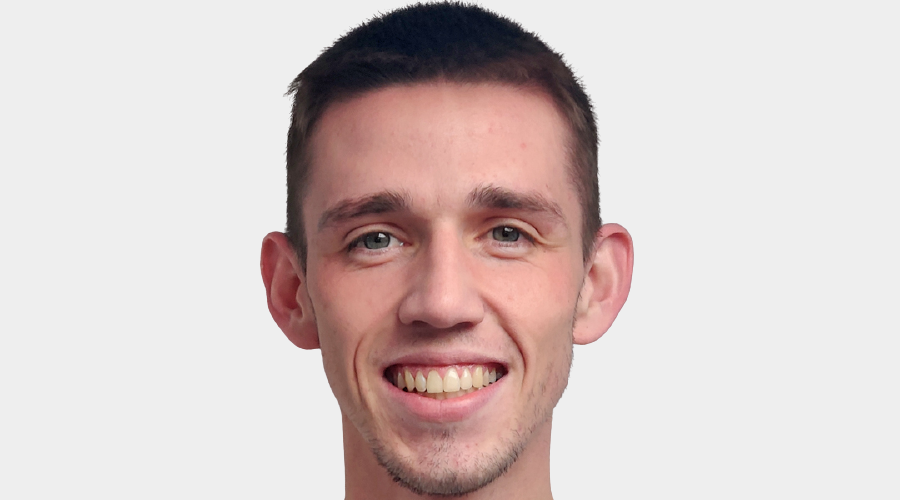
Jordan Cooney
RP Technician
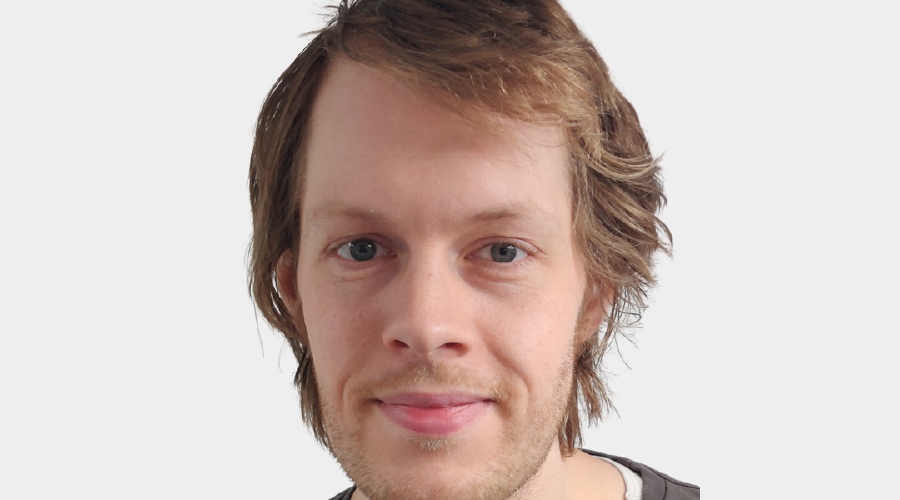
Nick Crown
RP Technician
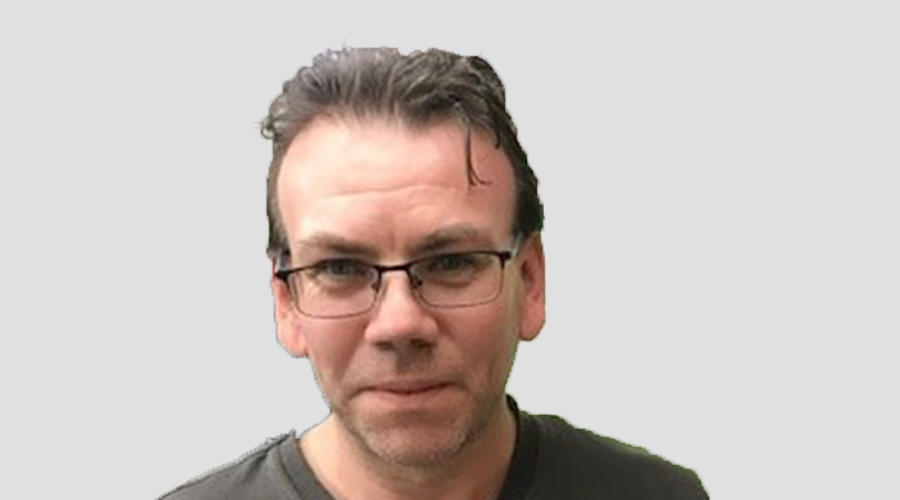
Chris Johnson
RP Technician

Hemal Maisuria
RP Technician

Leon Willis
Workshop Assistant/Delivery Driver
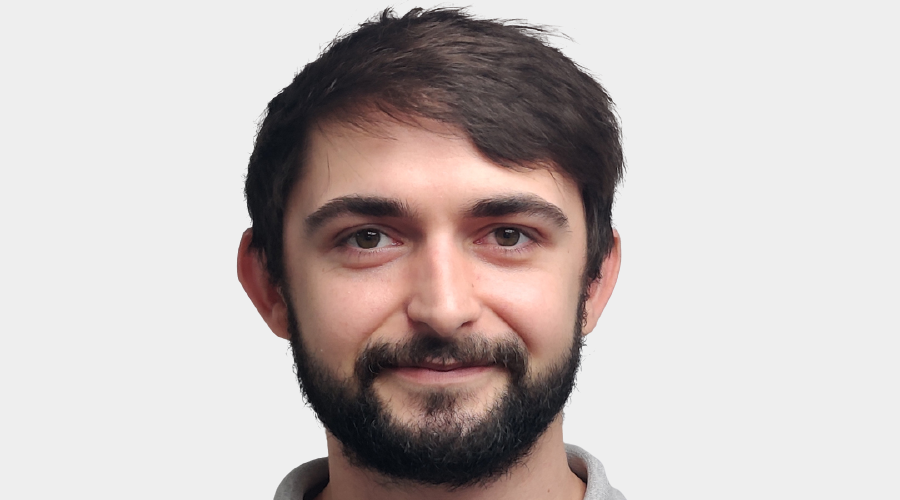
Adam Sharkey
3D Print Team Leader
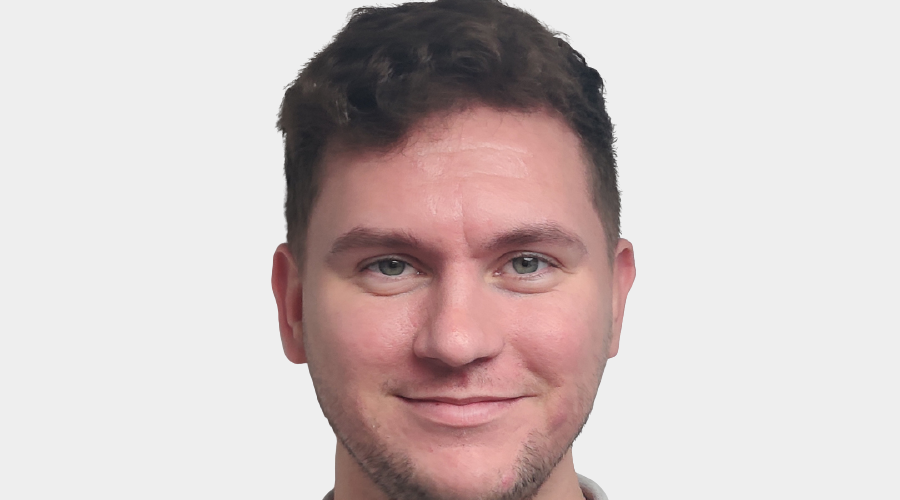
Alex Barnett
Senior RP Technician
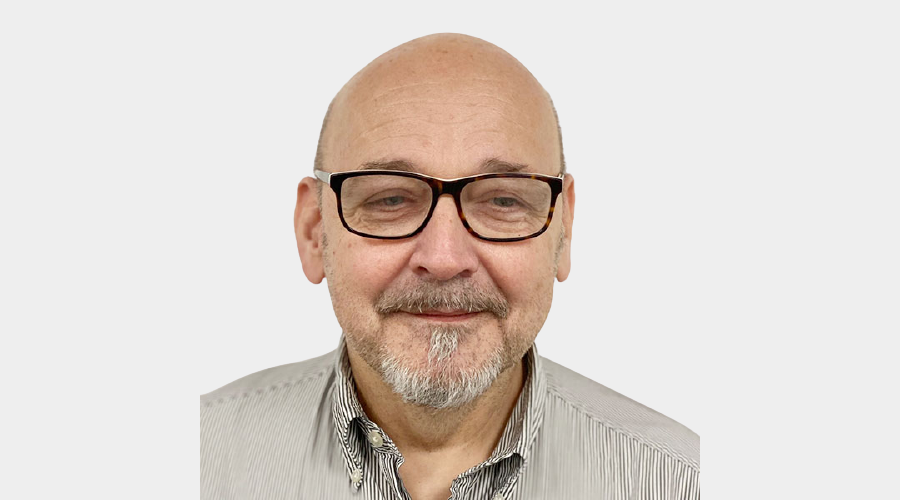
Jan Mlynarcik
3D Print CAD Technician

Luke Webb
RP 3D Printing CAD Technician

